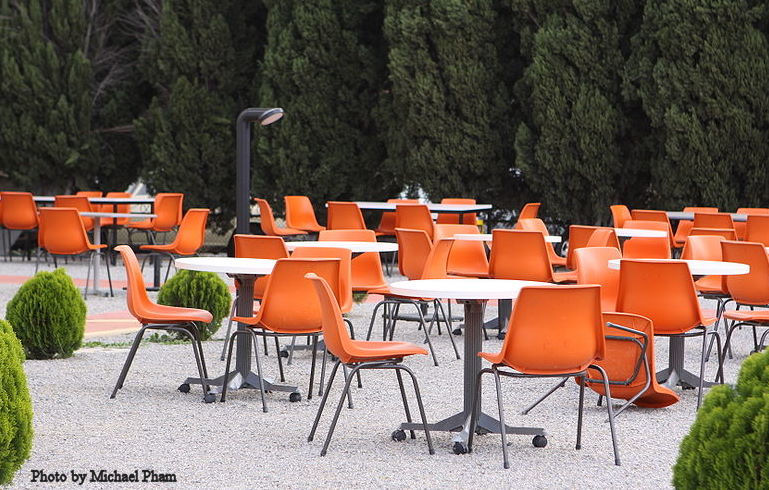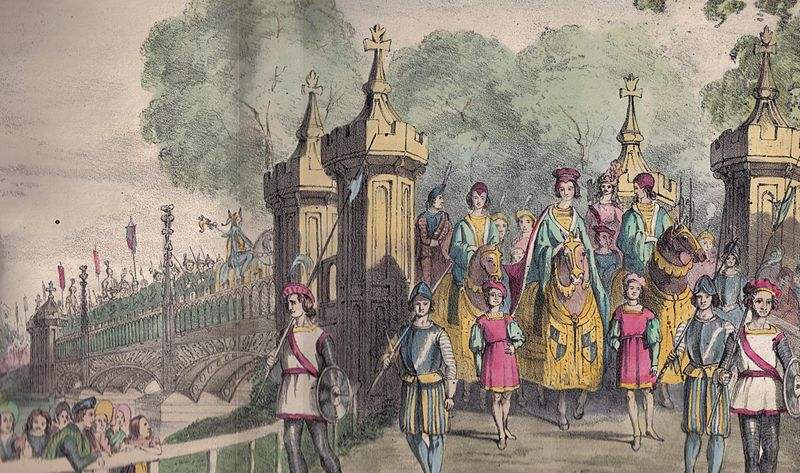The Law of Characteristics
Characteristics are a distinct sign of authentic variety, and in them true variety is attained.
Let us consider a room with a variety of objects: armchairs, paintings, chandeliers, carpets, curtains, and so on. This variety will be authentic only when each one of these objects is typically and characteristically itself.
Let us imagine that all of these objects were made of a single substance – plastic, for example, so appreciated by the modern world – and that their shapes did not vary as they ought: there would then be no variety.
The clear difference between the social classes that existed in medieval society is very interesting. A warrior was a typical warrior, and the monks, merchants, artisans, and people of the countryside were markedly that which they were.
Imagine a street in a medieval village: a noble preceded by his cortege passes by, followed by a priest, then an artisan and, finally, a friar. What is it that makes this scene interesting? The fact that each of these elements is authentically itself.
On the contrary, modern civilization hates variety and idolizes a pseudo-unity. It detests everything that is typical and in general loves that which is indiscriminate and confused.
In abolishing variety and replacing it with an insignificant uniformity, the Revolution destroys the likeness of the creature to its Creator.
[Nobility.org Translation]












